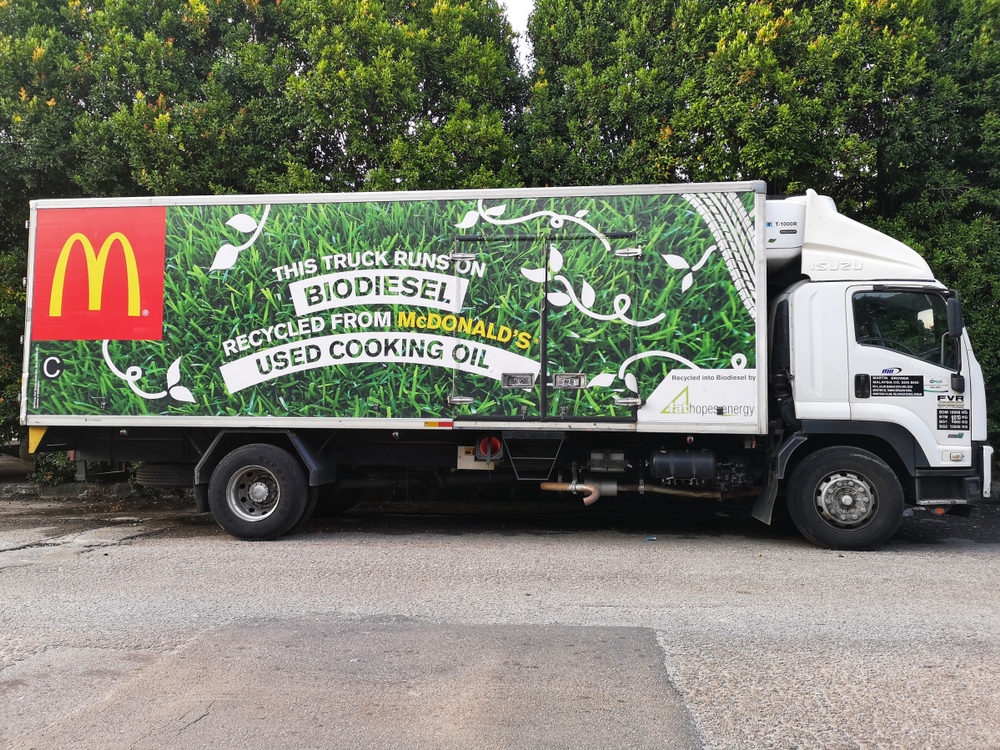Global supply chains, the intricate network that delivers everything from smartphones to groceries to our homes, are facing a new and formidable challenge: climate change. Hotter days, extreme weather events, and shifting weather patterns are disrupting operations, leading to potential shortages and price hikes for consumers.
Extreme weather events like floods, hurricanes, and wildfires can wreak havoc on infrastructure. A single storm can cripple transportation routes by damaging roads, bridges, and ports.
Climate change’s impact on global supply chains may significantly worsen economic losses, according to a recent University College London-led study published in Nature. The study, for the first time, calculates “indirect economic losses” caused by disrupted supply chains. This means even regions less directly affected by rising temperatures will feel the financial strain. Factoring in these supply chain disruptions, the study projects a net economic loss of $3.75 trillion to $24.7 trillion (adjusted for inflation to 2020 dollars) by 2060, depending on future carbon dioxide emissions.
How Climate Change Can Affect Production
Disruptions to transportation mean delays become the norm, and that’s just the tip of the iceberg. The production itself takes a hit too. Heatwaves become factory closers, forcing shutdowns due to power outages or scorching work environments. The 2021 drought in China, for example, crippled hydropower production, sending shockwaves through factories across the country.
The 2023 heatwave and drought in Texas, a major cotton producer, devastated crops, impacting textile production globally. This disruption in raw materials can have a cascading effect, impacting everything from clothing to furniture. Other crops can also be impacted.
Shifting weather patterns can also further complicate the picture. Unpredictable rainfall and temperature changes can disrupt agricultural seasons and traditional growing regions. This forces companies to adapt their sourcing strategies on the fly, potentially leading to consumer shortages and price fluctuations.
It’s clear that climate change isn’t just an environmental issue — it’s starting to hit consumers’ wallets and cause other disruptions as reduced supply or delayed deliveries can lead to higher prices.
How Can Businesses Prepare?
The good news? Businesses aren’t powerless. Building a resilient supply chain requires a proactive approach. Diversifying sourcing across different regions and suppliers can lessen the risk of disruptions due to localized events. Embracing sustainable practices like water-saving tech and renewable energy makes a business’s supply chain less vulnerable to the droughts and resource limitations climate change throws its way.
Strategies for a Resilient Supply Chain
Building a robust supply chain takes teamwork. Here’s how collaboration across different players can make it happen:
- Diversification is Key: Spreading sourcing across different regions and suppliers can lessen the risk of disruptions due to localized events. Imagine a pharmaceutical company relying on a single source for a crucial ingredient from an area prone to typhoons. By diversifying their sourcing to include other regions less impacted by hurricanes, they can minimize the risk of production slowdowns.
- Embrace Sustainability: Climate change can exacerbate resource scarcity. When companies tap into renewable resources and adopt environmental technologies, they can reduce their vulnerability to these threats. McDonald’s initiative to turn cooking oil into biodiesel for their trucks is a great example.
- Invest in Resilient Infrastructure: Building infrastructure that can withstand extreme weather events is crucial for long-term business continuity. This could involve flood-resistant buildings, elevated transportation routes, and robust power grids that can withstand extreme weather events.
- Embrace Recycled Materials: With climate change squeezing resources, businesses continue to look for sustainable solutions across their supply chains. Recycled high-density polyethylene (HDPE) pallets are a promising option that offers durability and a lighter weight footprint. This translates to less waste and lower fuel consumption during transport, making for a greener logistics network overall.
Investments businesses make in becoming more climate resilient can add to their overhead, which can further contribute to inflation. So, it’s a balancing act. And the biggest part of any company’s carbon footprint is its supply chain — which means that the same enterprises impacted by climate change are also playing a major role in causing it. This is why it is so important that companies work together to identify ways to embrace sustainability and reduce greenhouse emissions. Not only is it the right thing to do for the planet, but it’s also a business imperative.
Manufacturers navigating supply chain disruptions can enhance their logistics operations by opting for iGPS plastic pallets. These pallets are engineered to seamlessly integrate with automated systems, ensuring a smooth flow and contributing to a sustainable and climate-resilient supply chain. For more information, contact us at 1-800-884-0225, email a specialist at switch@igps.net, or visit our contact page.



